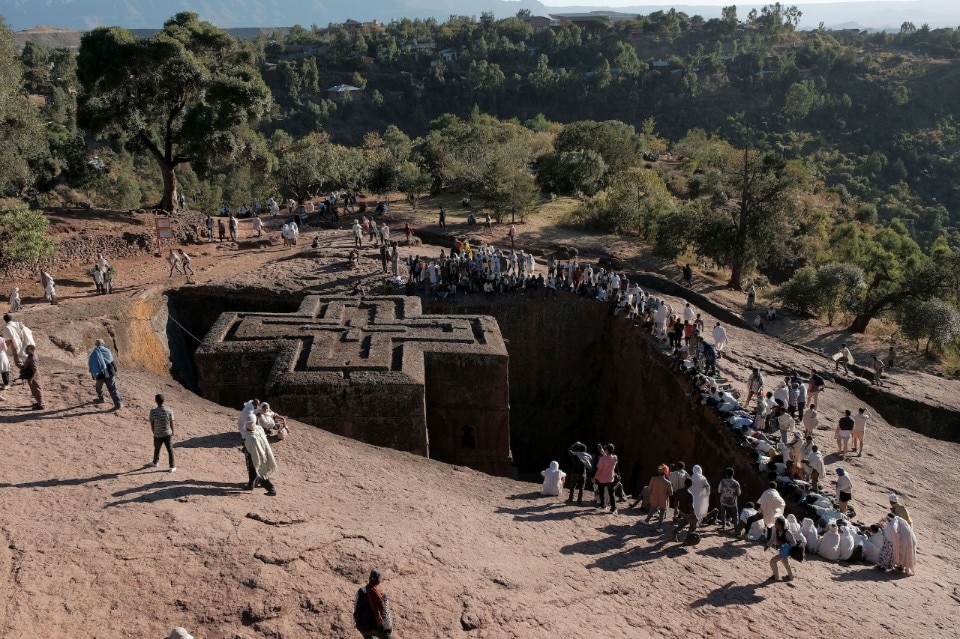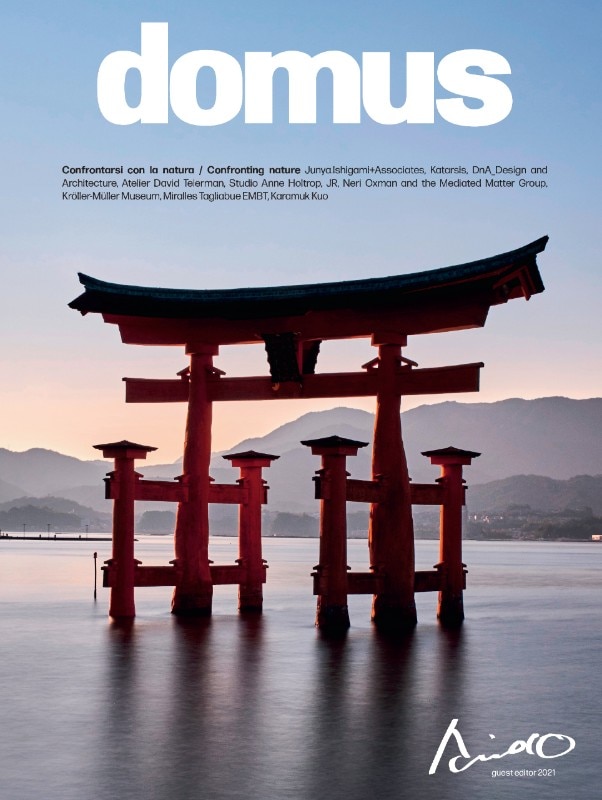Observing the history of the built environment, I see modern architecture as an entity produced by a burgeoning era of functionalism spawned by the advent of the machine. There is no single answer to defining a structure’s function, as shown by diverse developments in architecture to date. For me, buildings have the purpose of providing shelter — a fact unchanged since the dawn of civilisation. But equally, buildings have importance as vessels that allow us to interact with nature. In other words, architecture’s function is to let us experience a somatic resonance with the rhythmic breathing and transitions of nature.
Manifestations of this quality can be found throughout the canon of architectural heritage. One such precedent exists in the shakkei, or “borrowed sceneries”, of traditional Japanese gardens and structures. By allowing nature to permeate the boundary of interior and exterior, and framing it with building elements such as hisashi (eaves) and engawa (verandas), an infinite depth and connection to the environment is established. Conversely, the geometric gardens of Western Europe are conceived with a desire to construct artificial environments, while their Japanese counterparts rely on the raw processes of nature. Within the fundamental beliefs of Japan, nature is not objectified or controlled by humans, but considered a universe that encompasses everything, including ourselves. Differences in societal perceptions of nature are rooted in fudo (climate) and have developed into unique architectural cultures.
So what can be said about the bond between architecture and nature when the act of building itself is to blame for the destruction of the environment? Is it within the scope of architecture to contemplate the role of nature?
In the last century, the evolution of contemporary architecture moderated idiosyncratic cultural characteristics between countries. Yet it also fostered the aesthetic and technical sophistication required for more complex building typologies that ingeniously dialogue with nature: walls decorated with sunlight and shadow, corridors echoing the wind, spaces that trace modulating terrains, and reflecting expanses of water that unite interior and exterior. Abstracted nature — such as air, water, earth and light — and natural phenomena — such as rain, snow, sky, sea, forest and mountains — empower architecture to materialise the intangible.
Civilisation’s exponential growth has distorted the relationship between the man-made and the natural. So what can be said about the bond between architecture and nature when the act of building itself is to blame for the destruction of the environment? Is it within the scope of architecture to contemplate the role of nature? As many anthropologists have surmised, as long as humans live on Earth, “virgin nature” will remain an illusion. Now more than ever, I believe that humanity must profoundly consider and coexist with the artless cycles of nature. Environmental problems such as global warming and microplastic ocean pollution must urgently be addressed for humanity to survive. In this context, architecture continually generates dialogues with the heartbeat of nature and expresses it in built space, thereby illustrating its explicit purpose as a vessel to communicate with the environment. We should question the perception of nature underlying our spaces and reconsider the spirit of symbiosis, which pervades all things that live together on our one and only Earth.
Opening image: lthe Church of Bete Giyorgis, hewn into rocky volcanic tuff in Lalibela, Ethiopia. Photo J. Countess / Getty Images



